
T&I News 7 2024…
Welcome to the latest blog post, which is something of a mixture of report and thought – as you’ll see below. The workshops are busy, with progress on Gateshead 10 the focus for the team. Meanwhile a wide variety of other work passes through on a near-daily basis, and there is no shortage of ideas about what other projects might come our way.
Below: A start has been made on modifying the suspension components for Gateshead 10, to incorporate modifications that were made to the original design by Brill themselves, and which are certainly evident on later examples of tramcar bogie that they manufactured. Here, what will be the pivot hole has been bored, ready for bushing. A drawing has been prepared for the change, and approved for production, and the casting seen here will be shortened to remove the second hole (now redundant) and some clearance created to allow the suspension control rod (to be made next) to be accommodated within the assembly.
Below: After residing at Beamish for several years, work has started on the repair and reassembly of the narrow gauge Planet-built diesel locomotive, Ashover. The principle area for attention is the gearbox, which had been damaged many years ago, and for which a new shaft had been manufactured not long after the locomotive arrived at Beamish. The team are now assembling the new shaft into the gearbox, though this has proven to be not without some difficulty as the new shaft does not match the old! However, a solution has been found…
Below: The upper shaft in this view is the new item, around which the rest of the gear train and clutches can be assembled. The principle reason that we are pressing ahead with this is to obviate the need to steam Glyder in order to reach the inspection pit, for Fitness to Run purposes, and also to assist when visiting locomotives arrive. It isn’t planned to be part of the working demonstrations on the narrow gauge railway. In due course, the plan is to include an inspection pit within an extension to the current ‘Glyder’ shed, and some form of shed for Ashover – but these remain on the to-do list for now.
Below: The Series 2A Landrover, which had been withdrawn from use pending possible disposal, has been brought into the workshops for an engine transplant. The costs for a new and alternative vehicle for grounds use caused a rethink and a diesel engine suitable for the 2A was obtained at negligible cost, so as a back-burner project, this work is taking place in the workshop. Some fairly extensive bodywork repairs plus a new wing also feature in the programme, and no doubt other items will reveal themselves to be life-expired as work progresses.
Below: The Leyland Cub tipper is having its head gasket replaced and a few other jobs attended to. The paintwork is also in need of attention, so has temporarily been patched up, as seen here.
Below: The Friends of Beamish volunteers are continuing with the mechanical overhaul of the Dodge bus, with the engine now mounted in the chassis, as seen here. Good progress is being made and before too long they hope to stand it on its own wheels again.
Below: The Northern CC 297 (usually known as the ‘D Bus’) has had its solid tyres restored (having had the pneumatic tyres on all winter – a season that seems to largely continue into May!). The appearance is transformed by the solid tyres, and whilst not so comfortable on the cobbles, it does give a far better depiction of bus travel in the post First World War years.
Below: The barriers on Front Street are starting to come down, revealing the new buildings that are due to open in coming months. Of particular interest from a transport point of view is the installation of the first three traction poles for the future trolleybus route. These will carry street lighting in the meantime, and have been installed now in order to ensure that there is no need of future disturbance to the street and pavement surfaces – though the actual construction of a trolleybus route still remains a medium-term objective. It is truer to say that it is the electrification of the 1950s bus route – given the number of 1950s era buses that we currently operate already.
Below: It is currently planned to relocate the 1950s stop that is adjacent to the Welfare Hall rear doors, to the location alongside the cinema, with the stop sign to be on the pole at the left of this view (seen more clearly in the second image below). For now, the 1950s bus route will proceed through the Edwardian Street, but in the future it might take a new route, to the rear of the terrace (and with a turning facility for trolleybuses, if required, using Front Street). As can be seen in these views, there is plenty of space for future development in this part of the museum (this isn’t a suggestion that anything is planned though!).
Sheds and Huts
Below: A recently completed recycling job is the positioning of the old Experiment coach body in the Waggonway yard. It conceals a concrete pad, upon which is mounted a winch. This is to be used for pulling Puffing Billy outside of the engine shed, and can be operated by remote control from the locomotive’s footplate.
Below: The chimney on Puffing Billy is offset, as seen here, and so does not align with the chimney smoke hood, which extracts smoke from the building. The winch will enable the locomotive to be easily and safely pulled outside (from either road in the shed), in order for steam raising (which produces a lot of smoke) to be carried out without the smoke accumulating within the building. Steam Elephant’s chimney aligns with the smoke hoods, so does not have this problem.
Below: A grounded body has joined the collection of buildings behind the Colliery Engine Works. It is former London Midland & Scottish Railway Gunpowder Van, number 213067. In more recent years it has acted as a crossing cabin on the Tanfield Railway, being located at Bob Gins Crossing. Redundant in that role, it has moved to Beamish to act as an additional timber store for the Colliery Railway.
NER 818
Below: The Stainmore Railway Company launched NER luggage composite coach No.818 into service at Kirby Stephen East over the last Bank Holiday weekend. They have worked wonders with the coach, investing tens of thousands of pounds and a huge number of volunteer hours into the project. Readers will recall that the coach was placed on a six year loan to the organisation, the loan period commencing upon completion of the work this month. The coach, restored at Beamish in the early 1980s, had latterly led a somewhat nomadic life, having suffered badly from poor storage conditions at Beamish through the 1980s and 1990s. It had been repainted in this time, but water ingress had caused considerable damage – seen and unseen, all of which has had to be repaired. The coach can now enjoy a gentle life at KSE, and can look forward to other NER rolling stock joining it, as they have the restoration of the ex NER stores van and J21 (NER C Class) – both of which were transferred from Beamish to the Locomotive Conservation & Learning Trust to enable the necessary investment in their restoration. Congratulations to the team at Kirby Stephen East for the stunning transformation of 818.
Below: The subject of collections of rolling stock (at museums or on heritage railways) has been quite hotly debated lately. Some railways have started to take what I believe to be a very enlightened view on what they really need, can restore and then subsequently maintain – something that has brought criticism their way too. In my opinion, there are too many items of rolling stock in UK heritage ‘care’, and whilst it is up to railways and owners what they do with them all or how they are retained, there are many examples of items that simply sit waiting for the inevitable day that the owners (or those who have inherited or had to seize custody of them) scrap them – can these items really be considered preserved?
With this in mind, and the desire not to have excessive numbers of ‘one day’ projects, falling to pieces in front of everyone’s eyes at Beamish, I have been reviewing the transport collection with the aim of creating a definitive list of what we need to tell the stories that form part of the engagement here (this being the intrinsic purpose of the museum). This is, perhaps, a different approach to heritage railways who focus on the operation of railways, but the challenges are the same – too much to restore, for which there is too little resource to restore it with.
The review of objects within the transport collection at Beamish started some time ago, and led to the transfer of the J21 and NER stores van to the LCLT, who would open up new opportunities for funding (which was of such a substantial nature it was unlikely ever to be awarded whilst they were in the ownership of Beamish and there was competition from other schemes). This move proved to be well-founded, as the stores van is nearing completion of its restoration at Kirby Stephen East, and the J21 is now advancing well as its comprehensive restoration continues towards a return to steam at Kirby Stephen East in the next few years.
At Beamish, whilst we anticipate a reopening of our NER branchline to operations in 2025, we were unable to fund the level of work that 818 needed in order to use it ourselves in the short term. The arrangement with the Stainmore Railway Company proved to be a lifeline, for the coach itself, and its longer term operation at Beamish, whilst providing KSE with an ideal opportunity to enjoy several years of it operating on their railway in an appropriate setting and with appropriate rolling stock.
We also have other loans that are similar – for example Sheffield 513 at the East Anglia Transport Museum or the steam locomotive Twizell, at the Tanfield Railway – both of which are not operationally suited for Beamish but can be enjoyed in operation at the borrowing institutions. In the plan for transport collections at Beamish, the idea is taken forward with a number of other arrangements planned, that will enable the museum here to focus on what we do on site, whilst benefiting the objects themselves – in the care of others. As this plan progresses, I shall report more on the blog to describe this, but at the end of the day, there will be some items that are beyond restoration or only considered fit for component recovery and incorporation into replicas or similar. It is worth adding that the ‘list’ I have compiled doesn’t just consider items that are redundant, but also includes items we would like to add to the collection, either through transfer from elsewhere, or replication where those items do not exist at all.
We are already seeing the challenges of re-restoring some rolling stock, that has had a lengthy preservation career, and the more that is restored, will only add to this challenge. With suitable storage facilities, this can be eased a little, but the inevitable cannot be avoided – and with the pool of available labour diminishing (and likely to diminish further), and the very real challenges of generating sufficient operating revenue to invest in such projects, we must be realistic about how much will be saved or restored. But, looking at 818 as an example, look at just how lucky we are to have what we have – and ensuring the long term survival of spectacular objects such as this becomes all the more pressing and important. Having fewer items of rolling stock, in this condition, is surely better than lines of decaying rolling stock with no realistic prospect of being restored or even conserved.
The photo below amply illustrates the point – 818 was a stunning restoration when completed in the 1980s, but it suffered from poor storage conditions. We can now store items like this, but the challenge was then revitalising the coach – which a partnership and loan arrangement enabled to happen. Meanwhile, we will have the lovely little Duke of Sutherland’s saloon and North London coach to operate at Beamish – and have some plans to make these sit well with Dunrobin when it’s restoration is completed in 2025 as permission has been given to repaint the NLR coach into Highland Railway green as part of its extended hire by the museum. This cooperation, in this case with its owners the Furness Railway Trust, enables even more railway history to be enjoyed.
Below: Some of the interior compartments had suffered badly from the water damage – this is what the restored compartment interiors in the first class section now look like – and with undercover accomodation now always assured for 818, the previous problems should not reoccur.
Below: It is worth noting that over in the Yorkshire Dales, another NER coach has been completed, again in the sumptuous crimson lake scheme worn by 818. This is the Autocoach that is associated with the restored NER Autocar and resides at the Embsay & Bolton Abbey Steam Railway near Skipton. It is configured, as the name suggests, for Auto-working (where the train can be driven from the cab of the coach, with the Autocar or locomotive to the rear) and adds yet more variety to the very buoyant NER rolling stock scene that we are enjoying at the moment and will continue to see develop in coming years.
Photos in this post taken by: Ian Cawthorne, Mario Papworth, Kevin Stanley, Derek Meller, John Furness and Paul Jarman


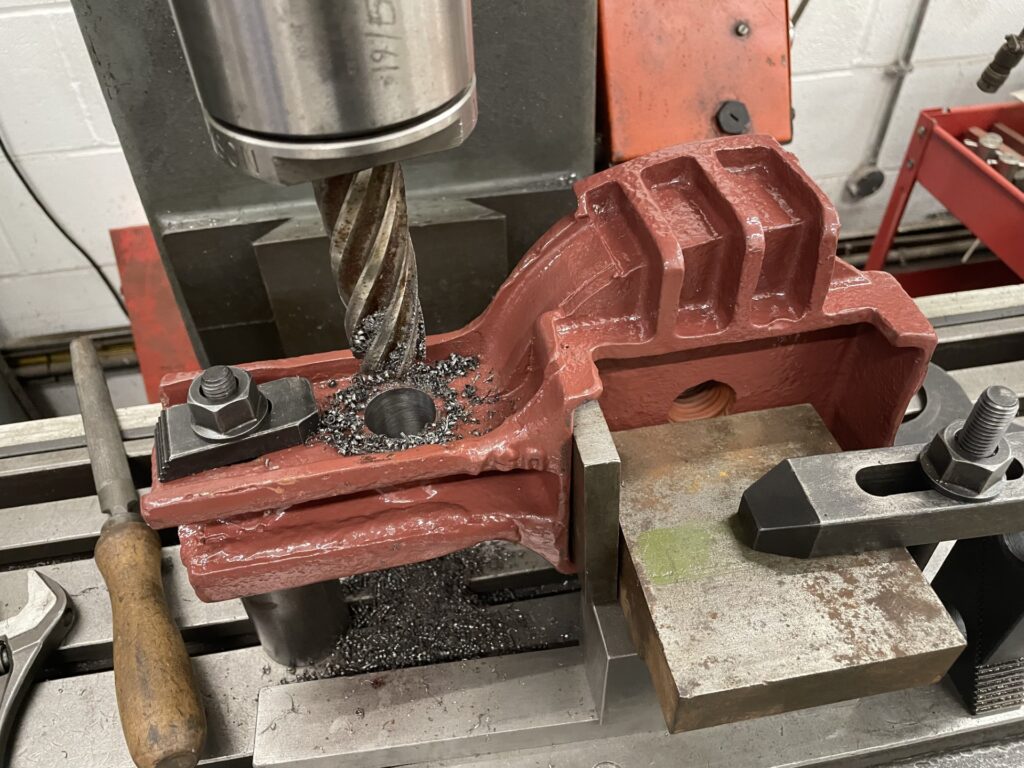
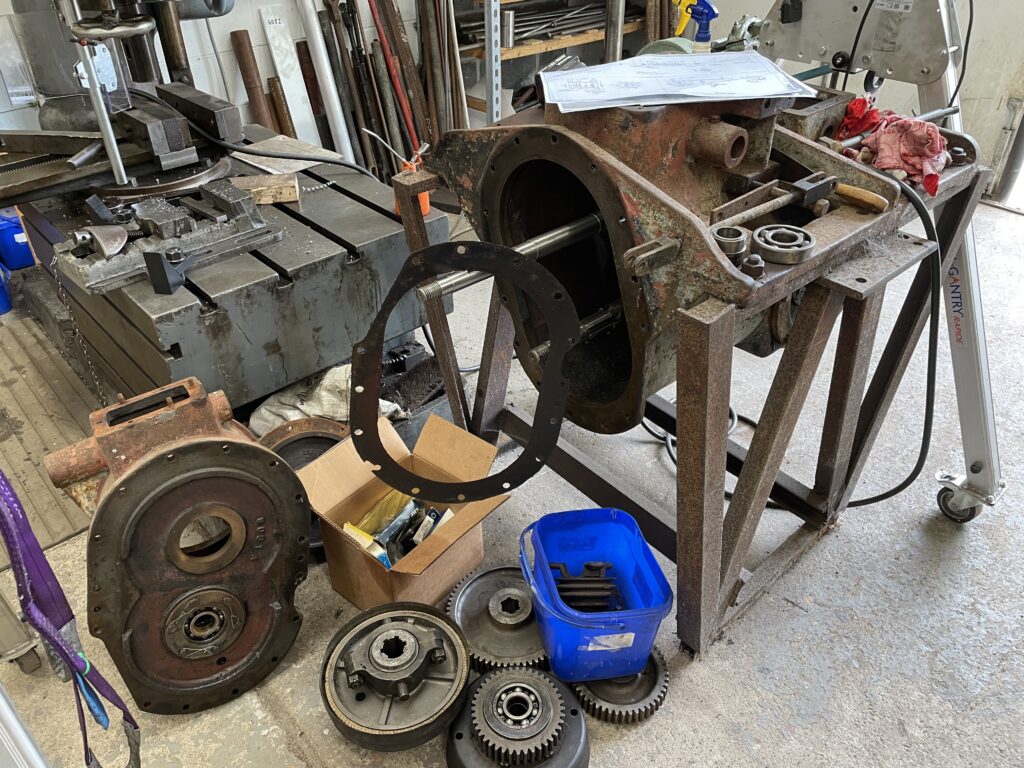
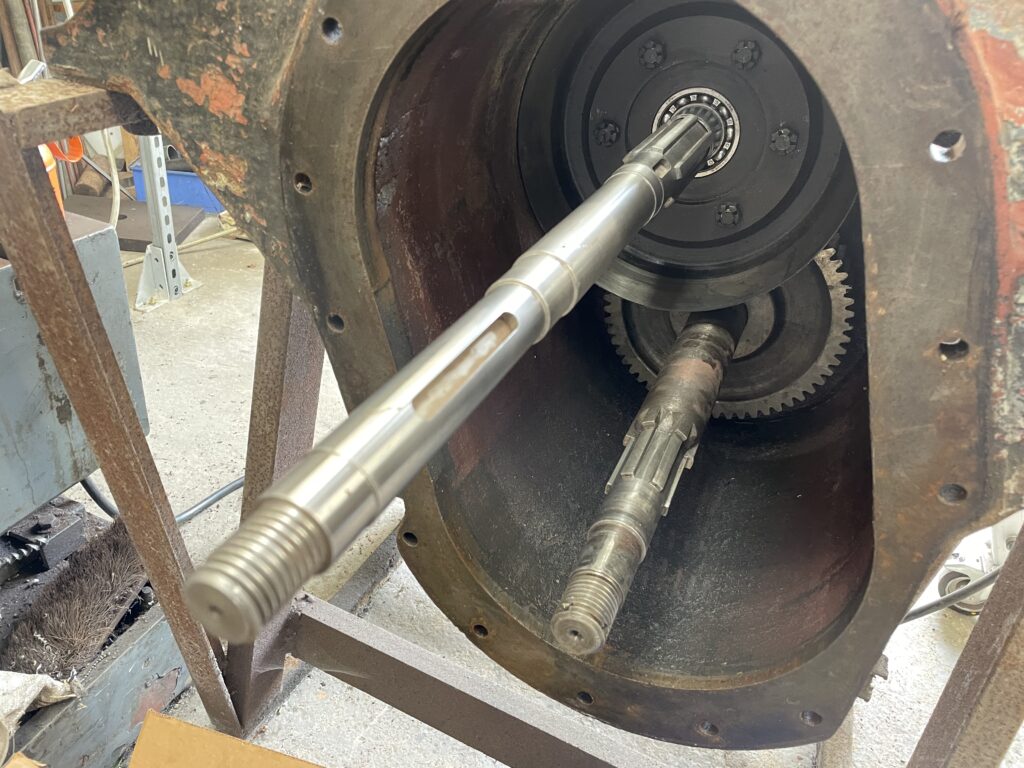
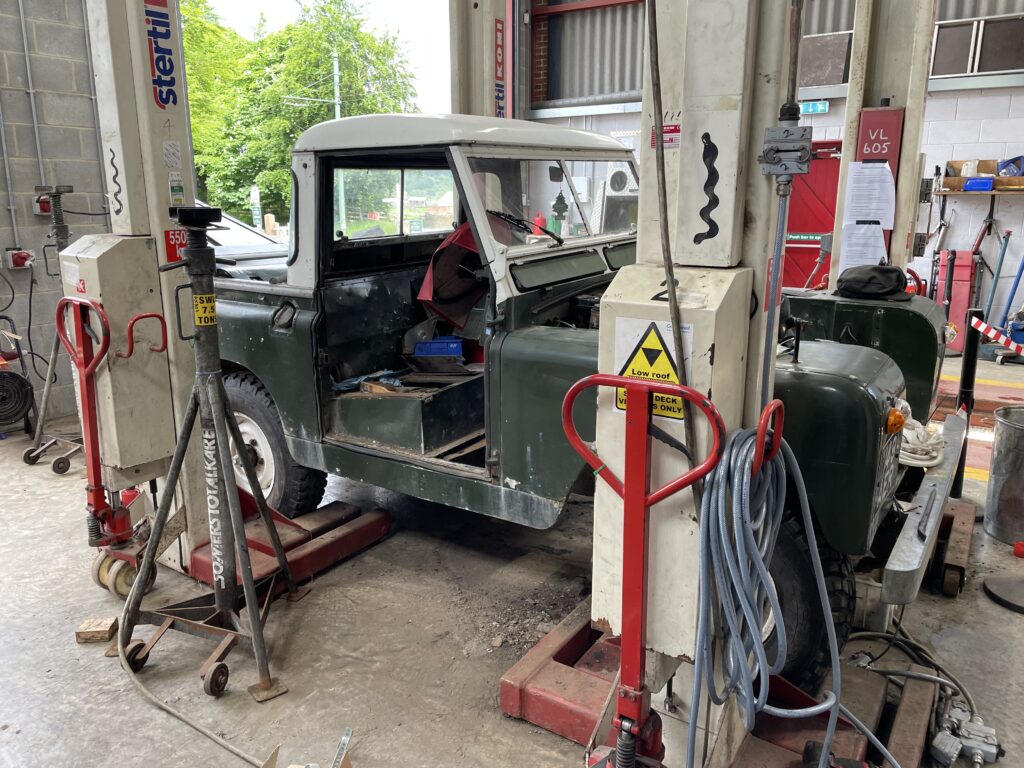
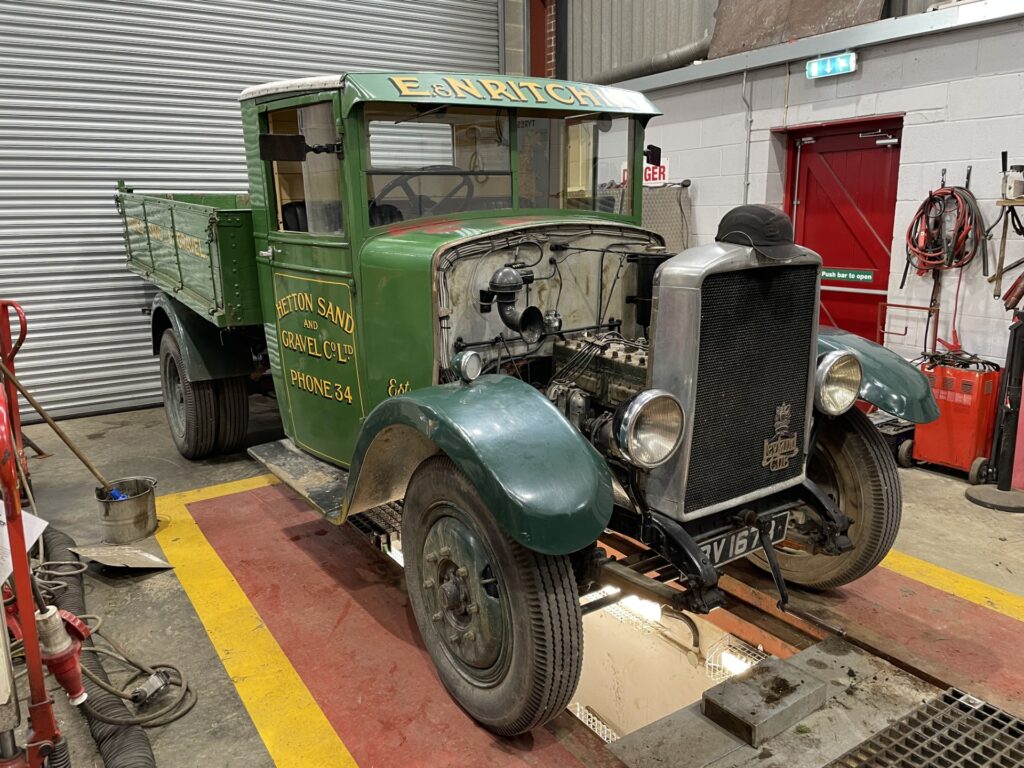
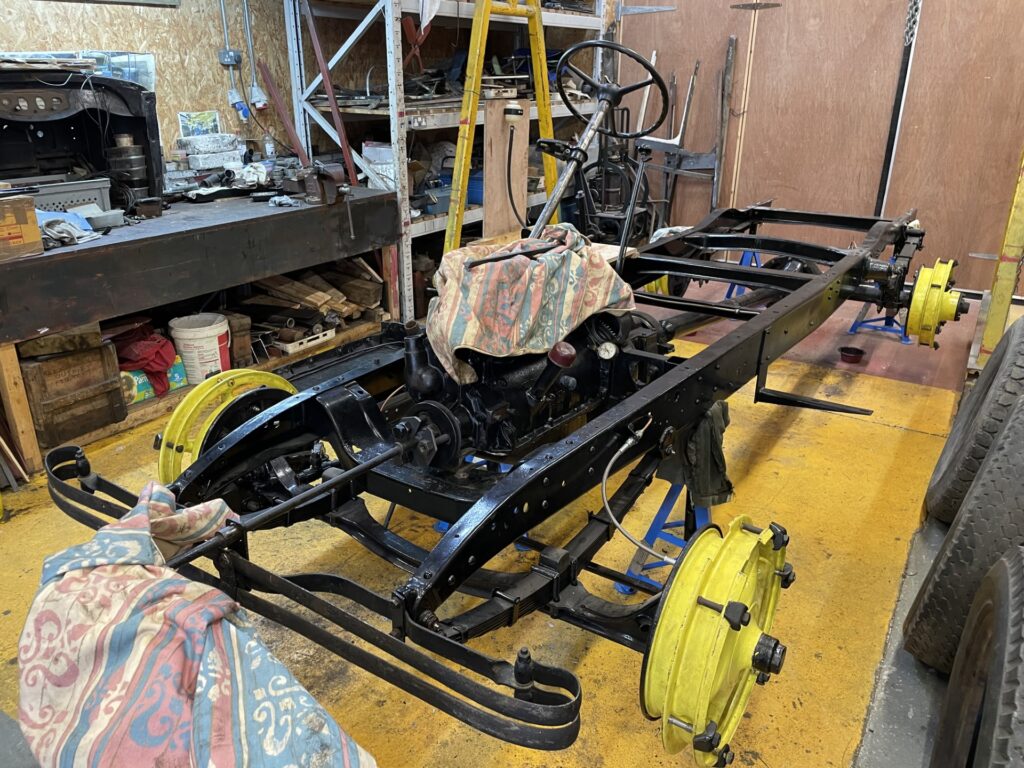
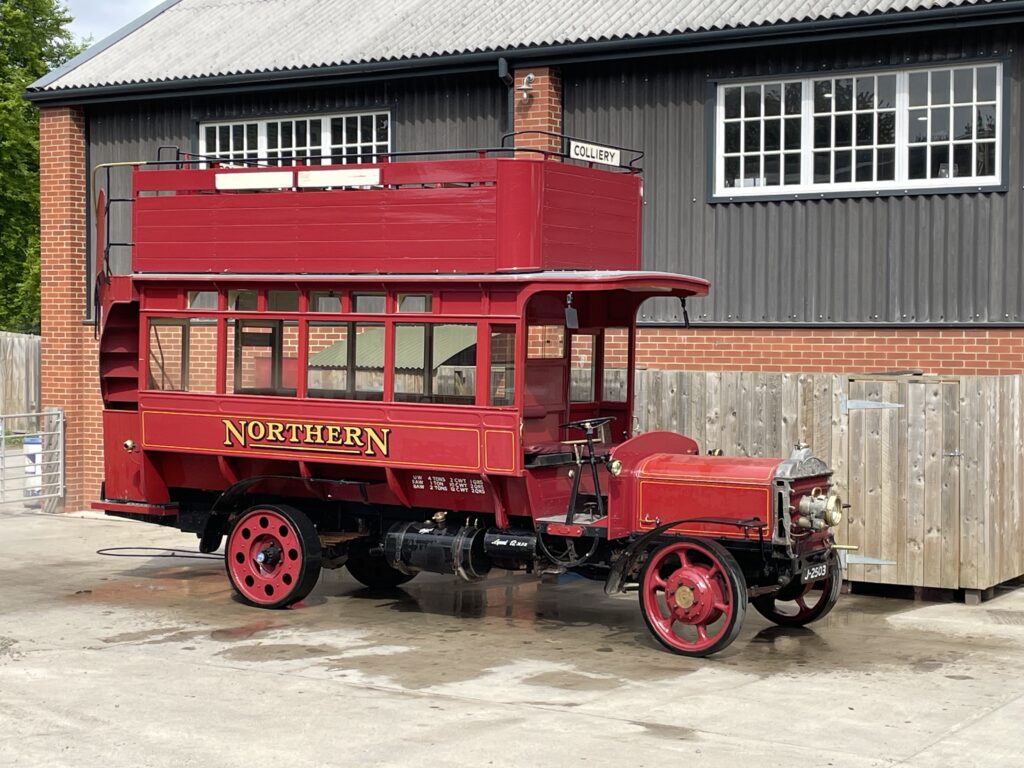


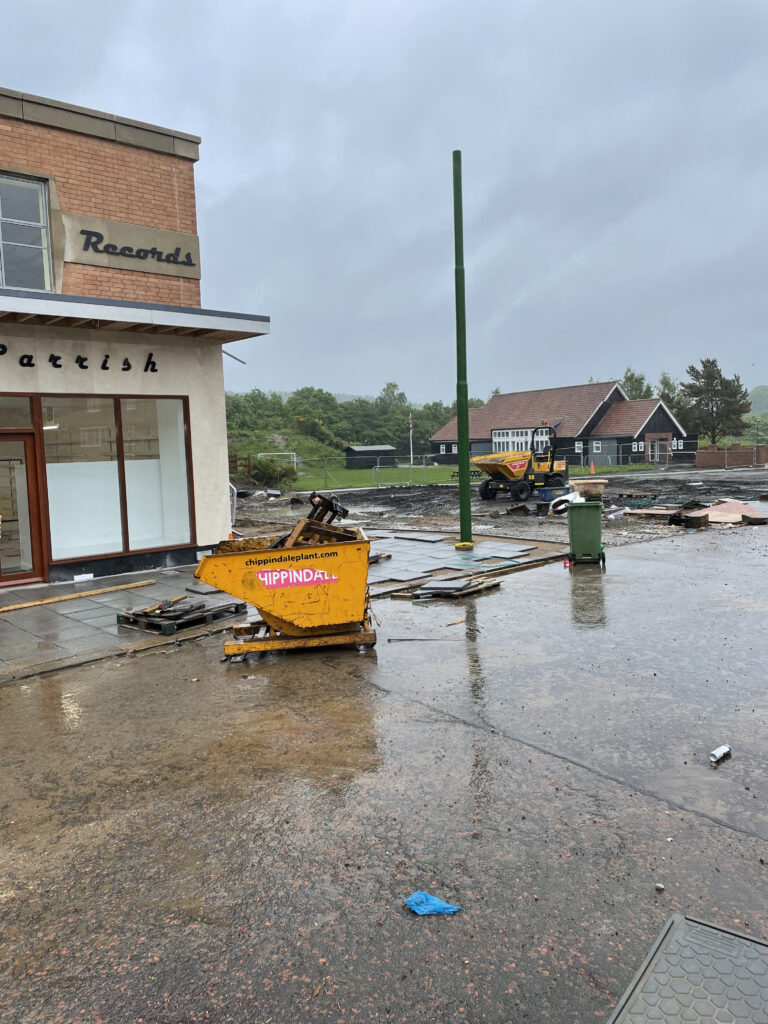

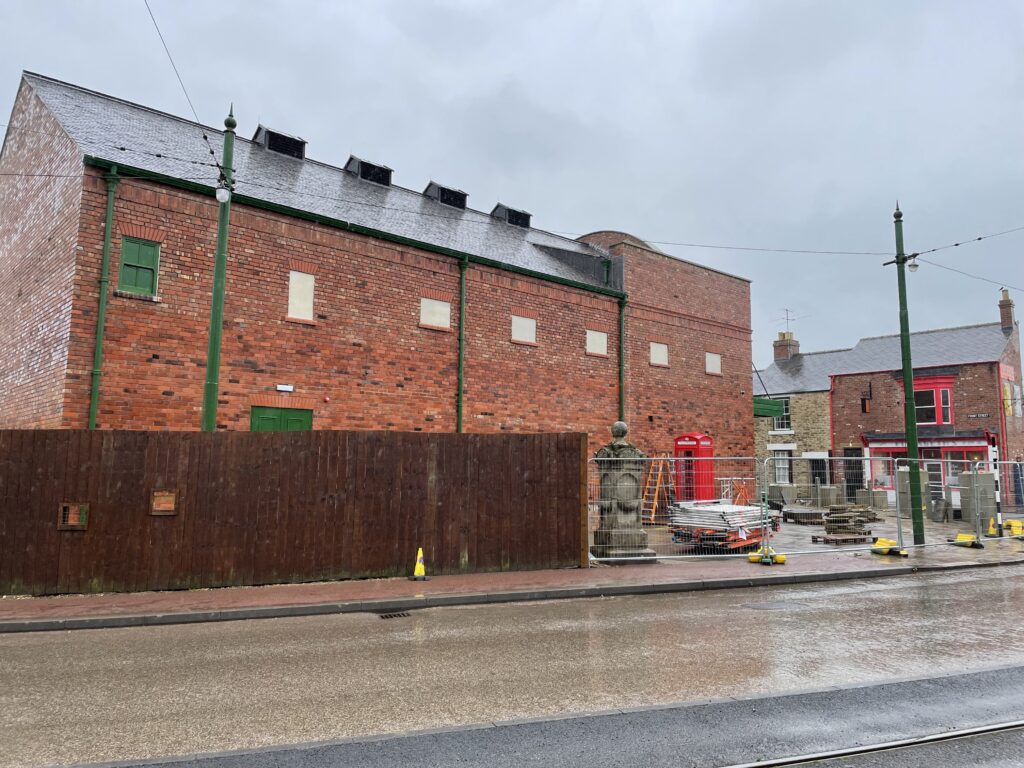
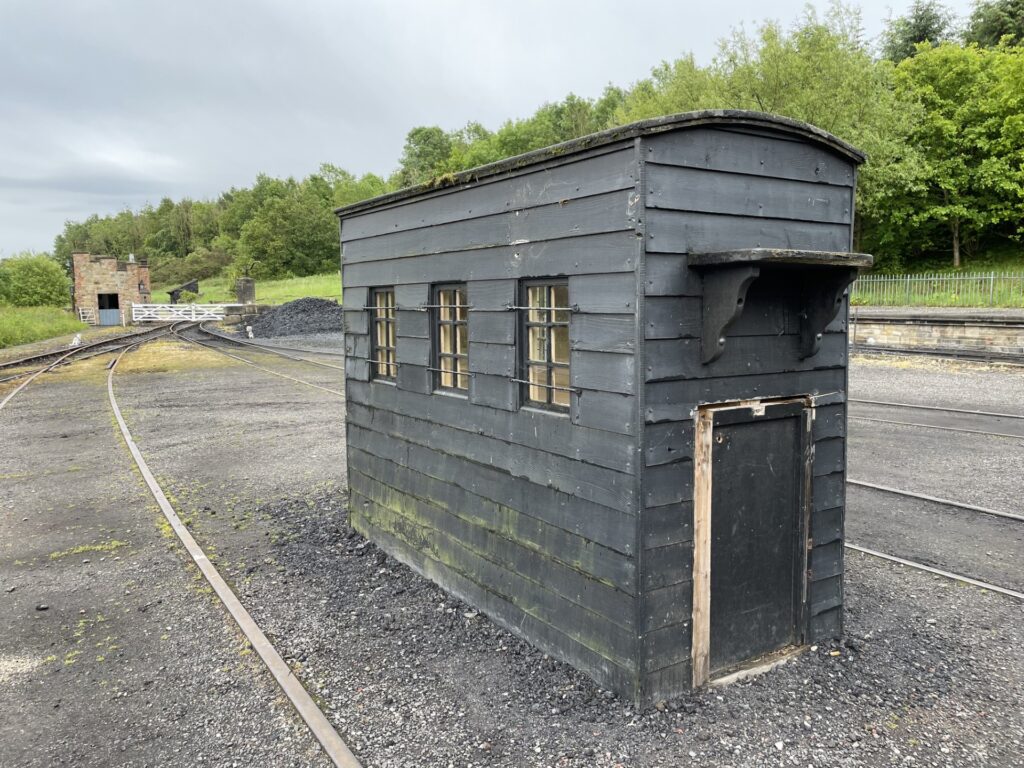


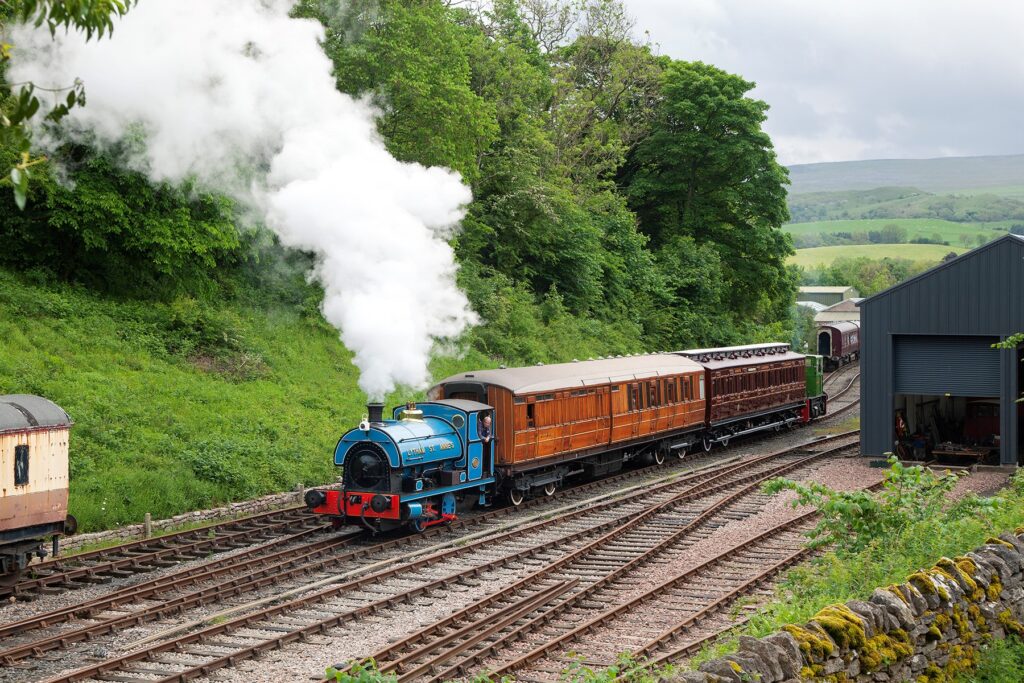
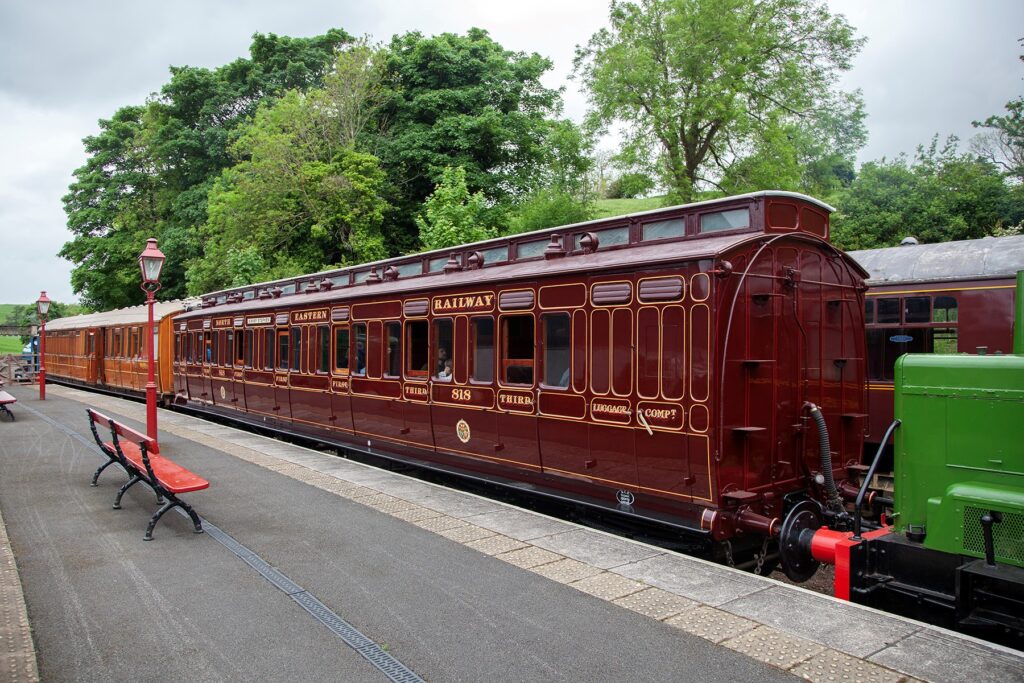

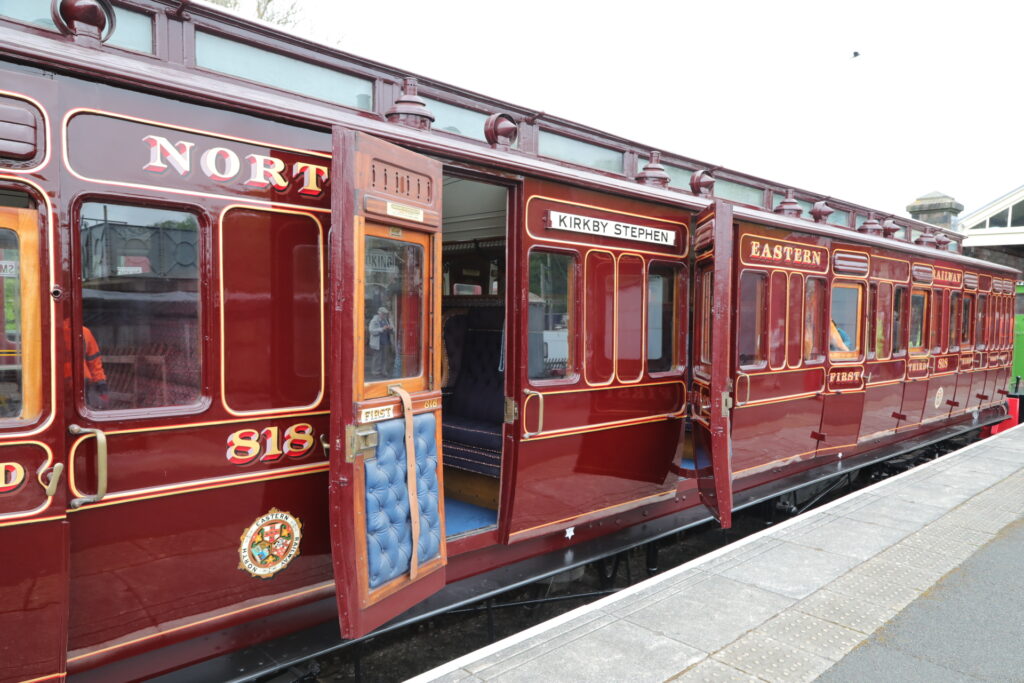


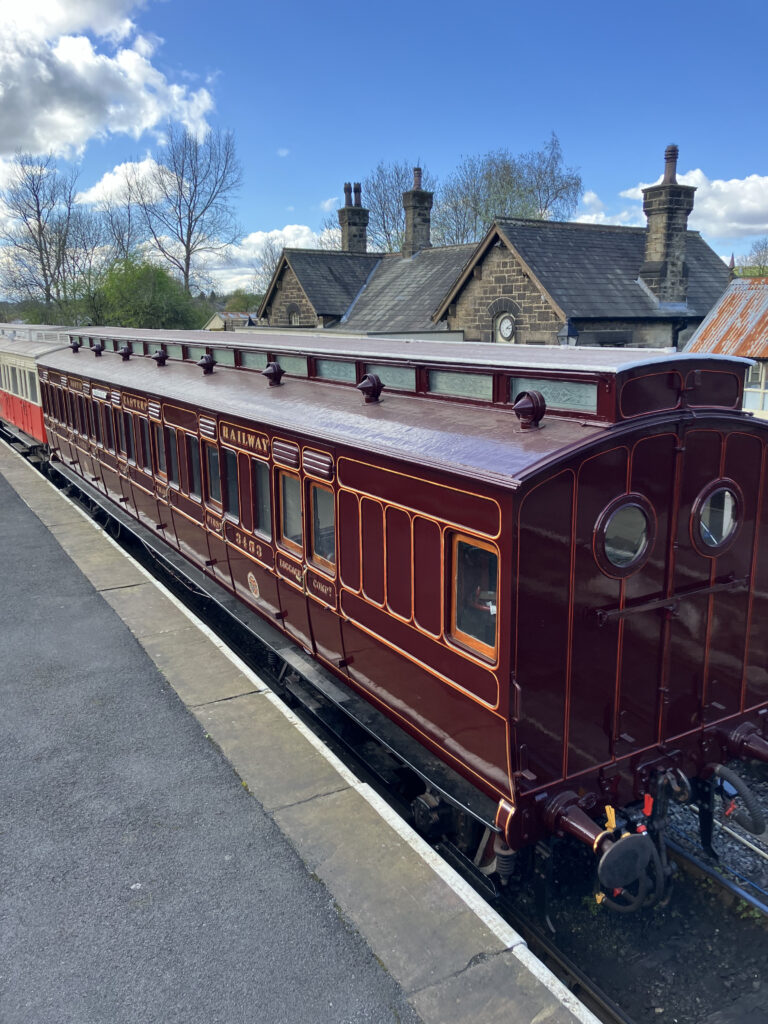
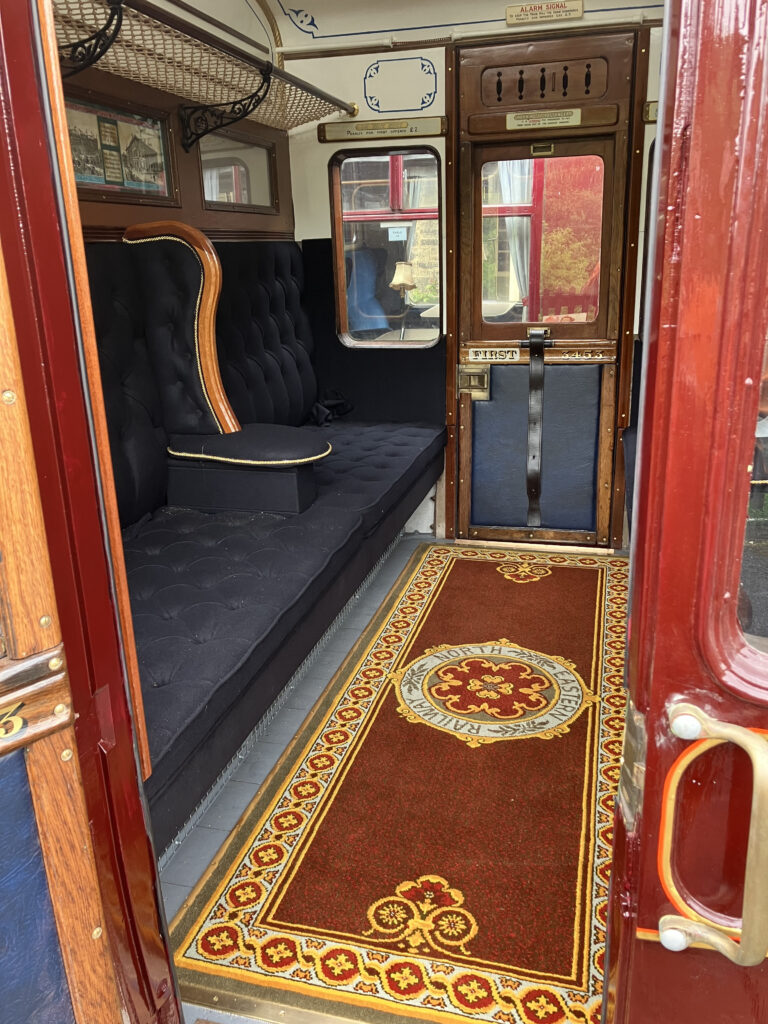





Hi Paul.
Interesting update, as always.
Is the Darlington Bus Shelter still planned to be located behind the Cinema for the bus stop?
Thanks
Hi Jon, no – it is now going to be located elsewhere as there is insufficient space for it adjacent to the cineman as the access ramp for the fire exit intrudes a long way onto the pavement. The new location has been identified and plans are being prepared for this. Paul
Hi Paul
Interesting update, as always.
Is the Darlington bus shelter still planned to go behind the Cinema next to the bus stop?
Thanks
Maybe the NER Auto Car and Trailer visit Beamish in the future ?
Hi Daniel – never say never! I have a list of rolling stock to invite to Beamish that runs through to 2029, so it is a fairly extensive one!
Great update, as always.
Now that the 50s bus stop move is imminent, are there plans for the Darlington Shelter to go behind the Cinema?
Perhaps the NER Auto Car and Trailer could visit Beamish when running is resumed at Rowley Station ?
Hi,looking forward to the time when the NER branchline opens. What work needs to be done and what do you hope to operate on the line.
Hi Steve. It should reopen in 2025, using Dunrobin, the NLR coach and 58A as the train. There is a fair bit of vegetation to clear, ongoing track alignment works, some modifications to equipment to ease the operational work and also quite a bit of fencing/safety access equipment to install. Best wishes, Paul
Hi paul,
with reference to your comment about rowley works,
Are you still planning to relay the headshunt and relay the goods yard as well please? as it might be worth replacing the wooden keys with panlock keys in the goods yard
Many thanks
cheers
Rob
Hi Paul, I had a ride in 818 at Kirkby Stephen East recently. What an amazing coach restoration, a great credit to all those involved in the project.
Cheers, Steve